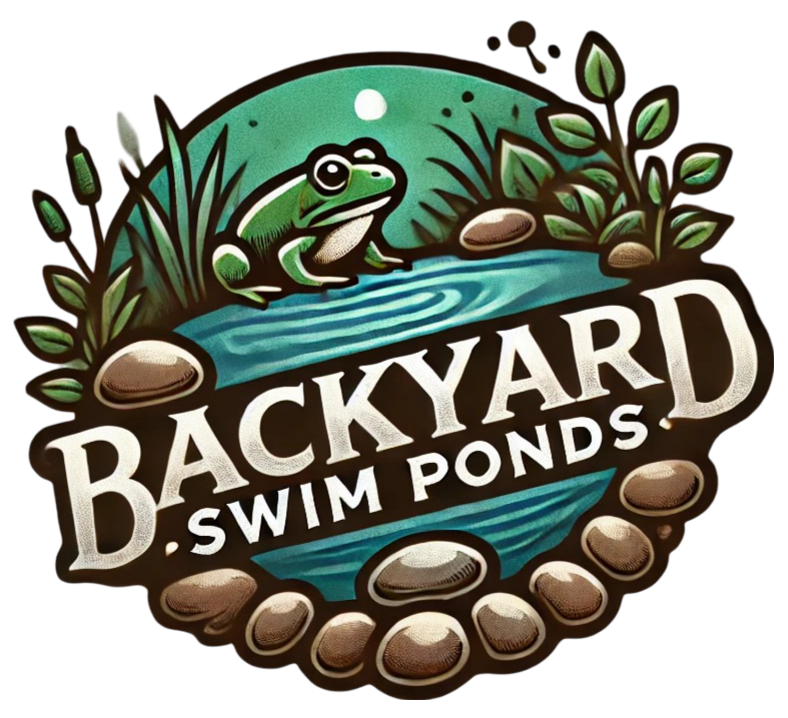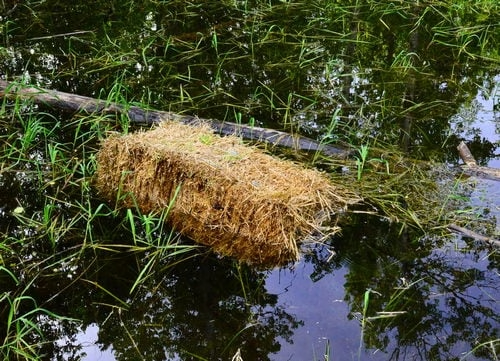Maintaining a swim pond can be both enjoyable and rewarding. It allows you to blend aesthetics with practical recreation, creating a unique outdoor space. However, like any water body, swim ponds require regular care to ensure they stay clean, clear, and inviting. This guide aims to provide you with simple, actionable fixes for common swim pond issues, such as algae blooms, water chemistry problems, and issues with equipment. By utilizing easily accessible household items and straightforward DIY solutions, you can keep your pond in top shape without needing to hire professionals.
Whether you’re dealing with a sudden algae problem or seeking to stabilize your water’s pH level, you will find effective methods here tailored for DIY enthusiasts. Let’s dive into these quick fixes that will help you maintain a beautiful and healthy swim pond.
Can You Save Your Swim Pond from Algae Blooms Overnight?
Algae blooms can quickly turn your picturesque swim pond into a green, murky mess. When these unwelcome guests appear, prompt action is essential. Here are some effective natural methods you can implement right away.
One of the strongest natural treatments is barley straw. When you add barley straw to your pond, it decomposes and releases compounds that inhibit algae growth. To use it, simply place the straw in a mesh bag and allow it to float on the surface. Research shows that this method is safe for swimmers and aquatic life alike.
Alongside barley straw, consider introducing beneficial bacteria. These products reduce excess nutrients that feed algae by competing with the algae for these nutrients.
Also, ensure proper aeration through pumps, fountains, or similar devices. Aeration not only increases the oxygen content of the water but also helps disrupt algae growth, creating a healthier environment for beneficial bacteria to thrive throughout your pond.
Photo of barley straw used in a pond setting to illustrate a natural method for algae control. (Source: Garden Myths)
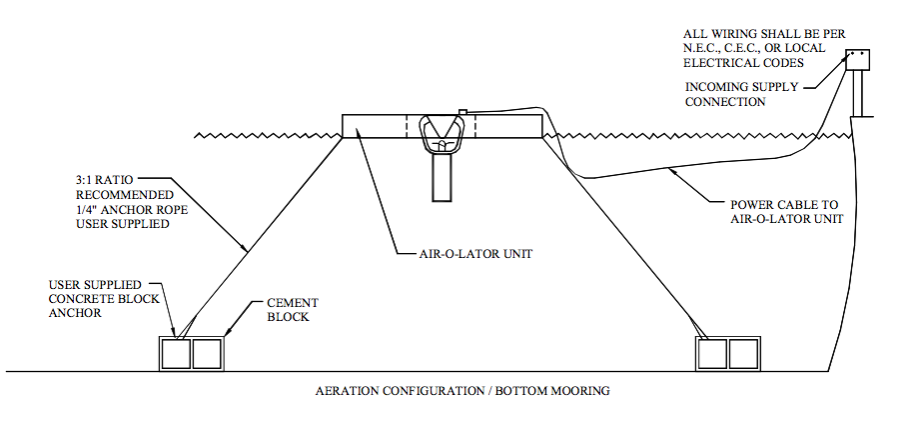
Diagram of an aeration setup for ponds, showing how to effectively circulate water to prevent algae growth. (Source: AIROLATOR)
What to Do When Your Pond Pump Stops Working Fast!
A malfunctioning pond pump can lead to serious issues and disrupt your pond’s ecosystem. Here’s what you can do to troubleshoot the problem before it escalates.
Start by checking for electrical issues. Make sure the pump is plugged in and inspect any visible connections for damage. If the power supply appears to be compromised, that could be the root of your problem.
Next, examine the impeller. Debris can often obstruct the impeller, resulting in the pump not functioning correctly. Remove any blockage carefully to restore normal operation.
If these steps do not yield results, it may be time to consider replacing the pump. Regular maintenance checks every few months can help you catch issues early, allowing you to keep your pond’s pump working efficiently.

Flowchart detailing troubleshooting steps for a water pump to assist owners in quickly diagnosing issues. (Source: ResearchGate)
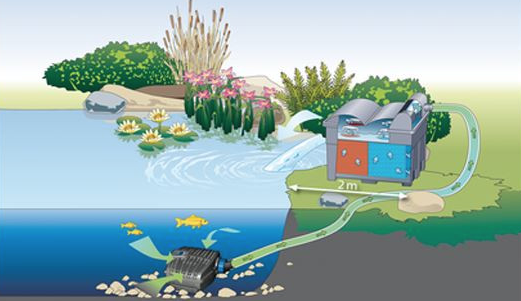
A visual of a typical pond pump setup, highlighting important components in the system. (Source: Swell Pets)
Stabilizing Your Pond’s pH with Household Items Like a Pro!
Maintaining the right pH level in your swim pond is crucial for a healthy ecosystem. You’ll want to keep it between 7.2 and 7.8. Here are some economical ways to adjust your pond’s pH using everyday household items.
If your pH is lower than desired, consider raising it with sodium bicarbonate, more commonly known as baking soda. This is a simple and safe method for treating your pond. Conversely, if your pH is too high, you can safely lower it by adding white vinegar, doing so gradually and monitoring the changes closely.
Regular monitoring is essential. Using a basic liquid dropper kit designed for pond testing can help you check the pH and other water quality parameters.
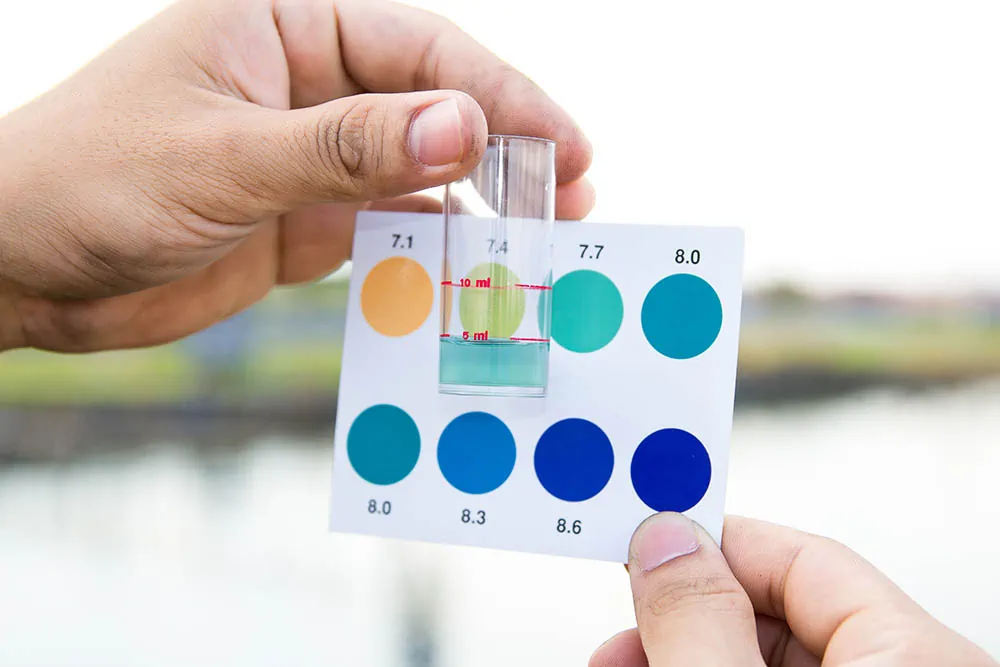
Image showcasing common household items, including baking soda and vinegar, which can be used to adjust pond pH. (Source: Eco Filtration)

A clear image of a pH testing kit for ponds, essential for monitoring water quality. (Source: NT Labs)
How DIY Solutions Can Replace Professional Help in Swim Pond Maintenance?
Often, you can address common pond issues without needing to call for professional help. By taking proactive steps, you can effectively maintain your pond and save some money in the process.
Start by identifying the potential challenges you might face, such as algae blooms or mechanical failures. Developing a maintenance schedule can help you keep track of necessary tasks, including water quality testing, cleaning, and equipment checks.
Utilizing natural and chemical-free approaches to maintain your pond is beneficial. Methods such as planting natural water plants and utilizing beneficial bacteria are both safe and effective.
By regularly testing your water quality, you can identify potential problems early on, preventing the need for expensive repairs down the line. The key is creating a self-sustaining ecosystem that requires minimal external intervention.
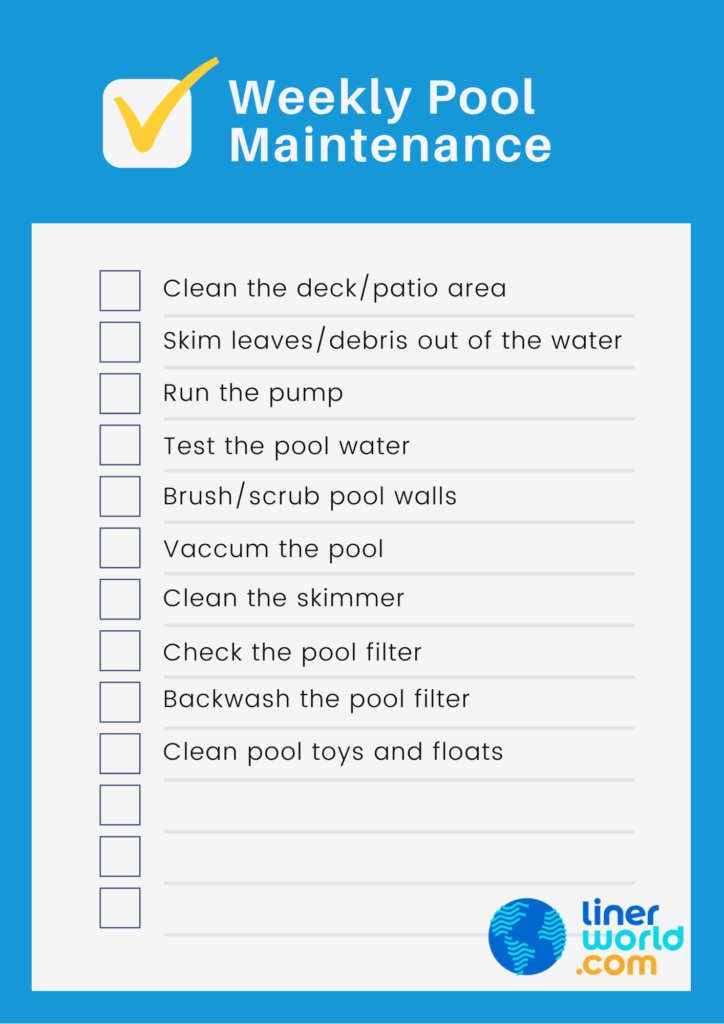
A maintenance checklist specifically tailored for swim ponds to help DIY enthusiasts track their tasks. (Source: Liner World)

Graph illustrating seasonal maintenance tasks for pond owners, highlighting essential activities throughout the year. (Source: Springer Nature)
What Household Items Can Transform Your Swim Pond Care Routine?
You may be surprised by how many items around your home can help with swim pond maintenance. Using everyday household products can often be more effective and economical than specialized pond products.
Items like baking soda, vinegar, and Epsom salts can effectively maintain water quality. For instance, baking soda raises pH levels while vinegar can lower them. Moreover, introducing Epsom salts can promote the growth of aquatic plants when used properly.
Consider looking for simple recipes online to create natural treatments from accessible ingredients that can address issues like algae control and overall water wellness.
Utilizing everyday items not only promotes sustainability but also simplifies pond care, making it more manageable and economical.
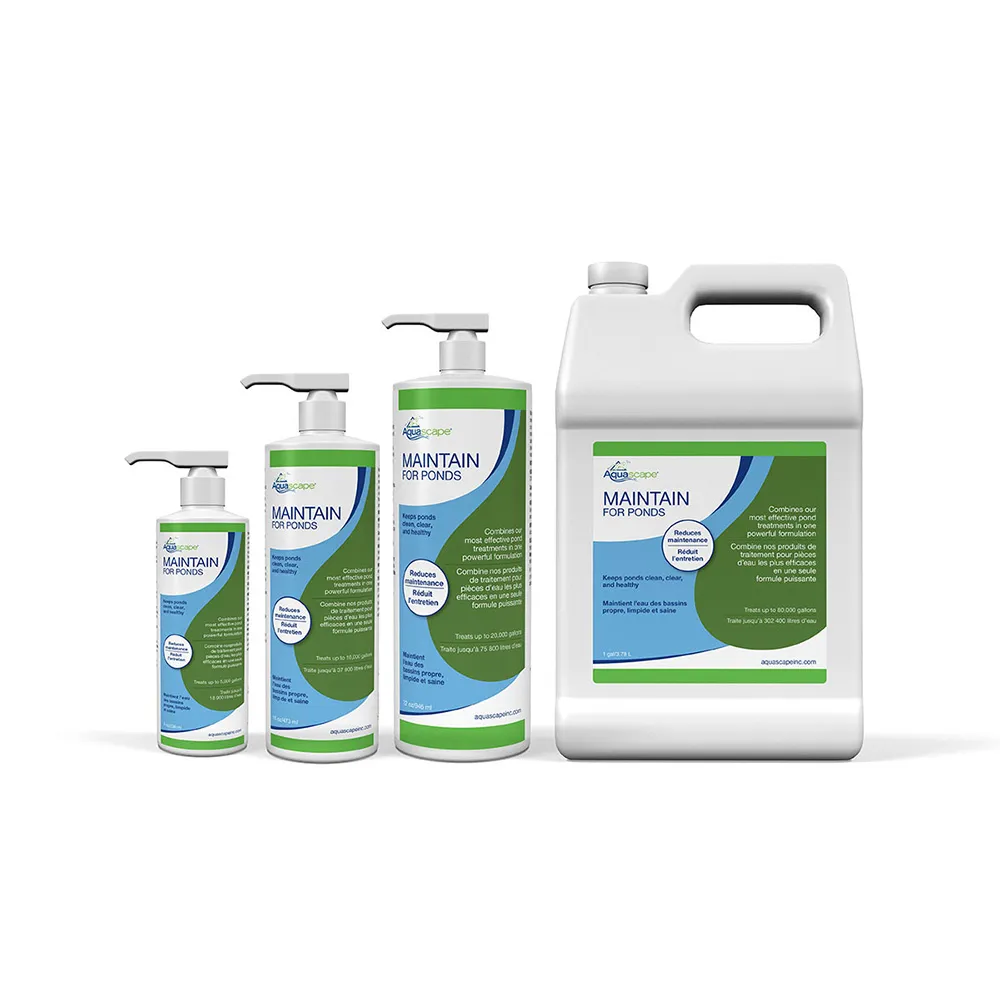
A collection of various household items next to a swim pond, emphasizing their practical use in maintenance. (Source: Aquascape)
Conclusion
Maintaining a beautiful swim pond is achievable with practical fixes and simple DIY solutions. From handling algae blooms to addressing water chemistry and equipment issues, this guide has provided steps you can take using household items and natural treatments.
By adopting a proactive approach to your pond’s maintenance, you not only save money but also create a lovely outdoor environment for enjoyment. Regular upkeep, monitoring water quality, and knowing when to act are key to keeping your swim pond in the best condition. With the information in this guide, you are well-equipped to ensure that your swim pond remains an inviting oasis for family and friends alike.
